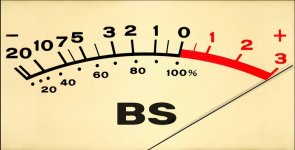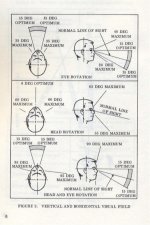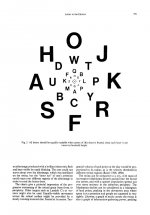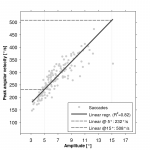Bill, with respect, do you expect an arc field or a flat field?
Edmund
Hi Edmund,
I don’t really “expect” anything. Things are what they are.
I’ve been visiting bino forums since there were bino forums. In that time, I have seen hundreds of speculations that although they’ve popped up hundreds of times, having their importance magnified and embellished, are of little or no validity or importance in the REAL WORLD. And, more often than not, can’t be recognized by most of those who visit them again and again as if inaccurate speculations can turn opinions into facts just because THEY believe it or want it to be so. In my attachment, I just wanted to offer some facts from optical engineering in a more universally palatable way.
— Some people act as if they can tell the difference between two binocular’s AR coatings when they don’t pay any attention to a dozen other attributes that affect that performance and while each person’s physiological sensors may differ tremendously. When we go from a mag fluoride coating to a multicoating, the photometer may record a difference in transmission of ABOUT 13% which is certainly not enough to make a significant impact on the majority of honest observers.
— A novice visiting many bino forums could come away with the notion that about twice a month there was an improvement in binocular technology that is so great 100% of observers could recognize the improvement. I have had to buy a new BS meter because the last two had their needles wrapped around the stop. Fortunately, this one doesn’t have a stop. In the past 100 years, there may have been something over half a dozen improvements that could, in fact, be fairly easily recognized across a spectrum of observers.
“A wise man speaks when he has something to say; a fool when he has to say something.” — Plato
That quote would be totally out of place if, across the board, people would spend 10% as much time in research as they do passing on the first piece of baloney from armchair opticians they come across.
— Some people think the name on the side of a binocular indicates the “quality” of the image, regardless of the fact that almost all the names associated with binoculars are importers only and NOT MANUFACTURERS or that even some of the best manufactures buy some of their rebranded instruments from lower-quality commodity manufactures.
I have often met with stern opposition by citing unpopular facts. And I have had some success. Before I started beating the drum for reality, people talked about their Celestron, Minolta, Swift, Meade, or TASCO binocular. Now, after more than 20 years of “kicking against the pricks,” the more experienced talk about their Kamakura, Katsuma, Tamron, or Yamigami Kogaku Seiakujo*. It was a hard fault battle that didn’t help me one iota. But I did give reality a little traction to those who wanted to know.
Finally, “conditional alignment” was a badly needed term I coined in 1976. But it has only come into use in the last couple of years (thanks to SPIE) although it had been needed since early in the 17th Century. I am now working on “spatial and dioptric accommodation.”
* I don’t know if that company is still in business. It was just picked it from a list of 345 past and current Asian manufactures.’
—"Seize on the truth, where'er tis found
On Christian, or on heathen ground
Among our friends; among our foes
Neglect the prickle and assume the rose."
—Rev. Isaac Watts,
Nickerbocker Magazine, New York, Oct. 1836
Yeah, yeah, I know ... back in my hole, now. :cat:
Bill
PS Denny, you said, “I know that for a fact. All the biology book's in the world will not change my mind. I know what I see.”
I know what you see, as well. I also know that—as plainly illustrated in #496—YOU CAN’T SEE BOTH IN THE SAME INSTANT.
“The enemy of knowledge is not ignorance; it’s the illusion of knowledge.” — Stephen Hawking













